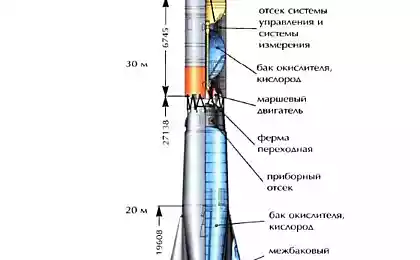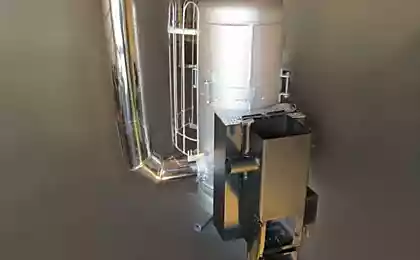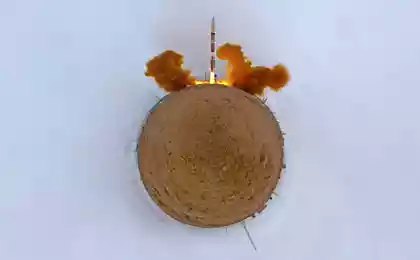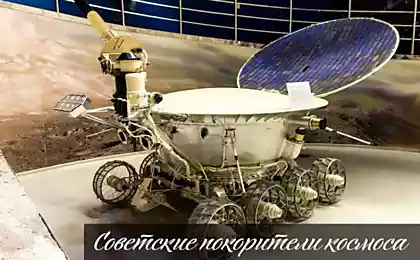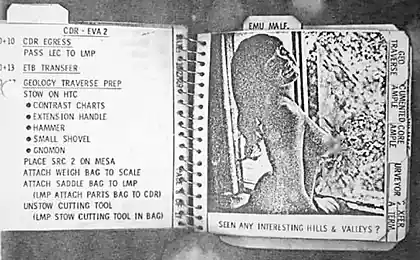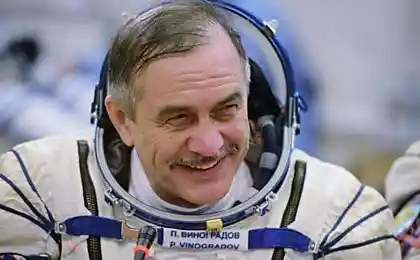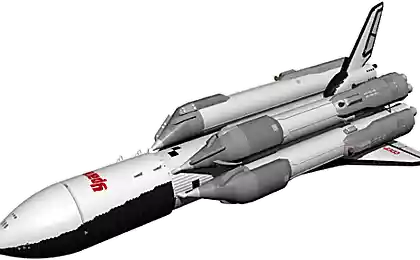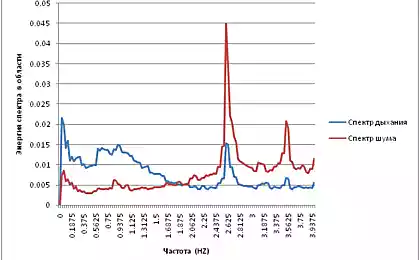675
On the microwaves into space and a little Matan
There is a US startup Escape Dynamics , which is developing a booster rather unusual type. Their offspring are not flying in the domestic chemical sources (eg burning kerosene or hydrogen in oxygen) and on the external - microwave. The reactive force produced by the ejection of hot hydrogen and heats it by microwave beam from a ground source. The creators of this startup believe that on this basis can develop an easy, cheap reusable craft to output (while small) serial loads into space. Indeed, this concept as it builds a bridge between the disposable carriers, implying the destruction of every time you run a high-tech "hardware" in the tens of millions of dollars and astroinzhenernymi projects (such as start-up loop or a space elevator), which imply a conclusion but a cheap and transcendent value of investments.
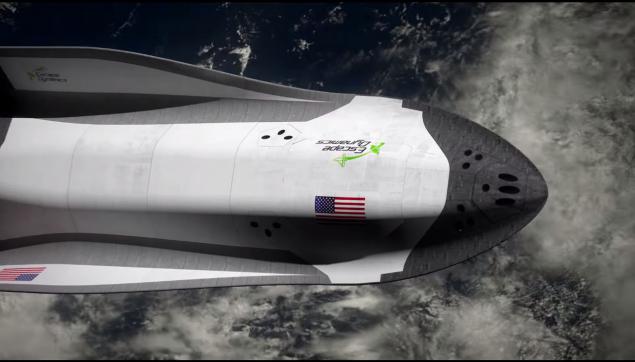
The most interesting thing is that the microwave source operating at a frequency of 92, 3 gigahertz - familiar to my readers гиротрон, which are used for ECRH heat the plasma in ITER and other fusion machines. Why is he? Giratrony only able to generate megawatts of microwave power at such high frequencies. Why Megawatts and such high frequency?
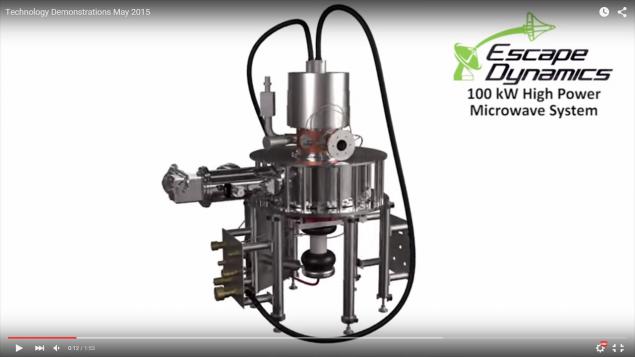
100-kilowatt gyrotron Escape Dynamics

And megawatt of JSC "boom». I>
From simple frequency. Even the most rapidly accelerating missile end active site to remove 1000-1500 kilometers from the starting point. Even if you put a few plants, it is obvious that less than 500 km distance to the ship, we can not do. If we do not want to lose the light, it is desirable to have a spot size of microwaves on the target no more than 10 meters. This corresponds to the width of the beam 4 angular seconds. To create such a narrow beam, the product of frequency (in GHz) antenna diameter (in meters) must be equal to 18900! Ie for the frequency of 10 GHz antenna diameter is 1, 9 km away. Thank God, you can raise the rate ... for example to the famous microwave transparent window 92, 3 GHz, and get the equivalent antenna diameter of 205 meters.
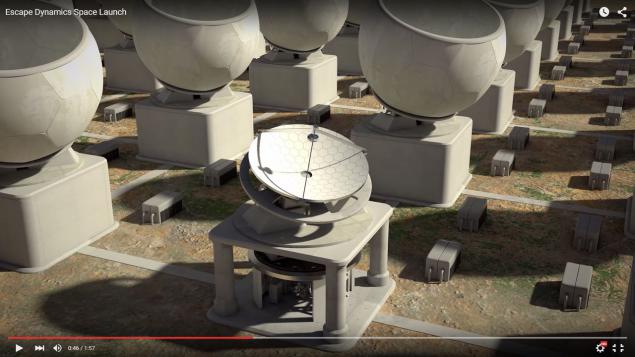
Thus it becomes clear the first moment - where did the field of rotary antennas (operating as a single phased array) and the frequency of 92, 3 GHz.
Now, about power. Escape Dynamics said that the specific impulse of their design while working on hydrogen will be 700-850 seconds. It does not record a lot, but does not require heating the hydrogen to 3200 S. This number and weight of the output payload (200 kg) allows you to immediately identify some important parameters of the space shuttle. How to do it? The formula Tsiolkovsky and certain assumptions. It is known that in orbit, taking into account all the losses you need to dial 9300 m / s. When specific impulse of 700 seconds, according to this formula can be found the ratio of the weight of fuel (reaction mass) and vehicle V = I * ln (Mn / Mk), where V - velocity, which pick up the aircraft, casting with a specific impulse I fuel mass Mt = Mn ( Initial) - Mk (of course). We will turn to the ratio of the initial mass of the final - 3, 87. If we assume that we have a super shuttle, which weighs 1/4 of the weight of the enclosing fuel, he will get a weight of 500 kg, and hydrogen, we use up 2 tons. And I will bring 200 kg into low orbit.

Now let's count up the power of our microwave heaters. The rate of acceleration of the modern pH on average - about 2 G. We'd better quickly, such as 3, 5 G that would not be too removed from the feeding stations. To maintain this rate, we need thrust ((2, 7 0 + 7) / 2) * 3.5 - 5 95 tonnes. Each thrust back kilogram per second gives 700 kg of thrust (in fact it is the physical meaning of the specific impulse), then we have to warming 8, 5 kg per second. How much of this energy? Here again it is simple - hydrogen departs from the nozzle at a speed of 6867 m / s (it is 700 seconds, MI * 9, 81), and the formula of kinetic energy each kilogram shall be 23, 6 megajoules, and all we need 200 megawatts. Wow. In fact, not very surprising, because the rocket engines are exorbitant power - such as the RD-171 - 27 gigawatts (with weight of 10 tons), and the engine shuttle SSME - about 8 gigawatts.
But back to the microwave power of 200 megawatts. Unfortunately, even with the successful location of the emitter relative mikroshattlika at least half of the energy devour atmosphere. Absorption in the "atmospheric window" - 0, 4 dB / km in the lower atmosphere and 0, 1 dB / km in the upper. So we need 400 megawatts and taking into account the efficiency of the gyrotron - 800 megawatts from the network. Let me remind you that the record setting ITER will produce 20 megawatts - 1/20 of that planned Escape Dynamics. And the interesting thing is that if their project in terms of launch vehicle "start up", there will need long-term investment in ITER gyrotron, including the experience of one of the world leaders in this sector - Regional enterprises "boom" and the Institute of Applied Physics. They know the technology megawatt gyrotron, which can be used to create the radiating fields of technology for the ED. That's so unexpected investments in science one place leads to the emergence of entirely unusual Well, wished success to the American startups in their pretty interesting idea.
Source: geektimes.ru/post/260674/

The most interesting thing is that the microwave source operating at a frequency of 92, 3 gigahertz - familiar to my readers гиротрон, which are used for ECRH heat the plasma in ITER and other fusion machines. Why is he? Giratrony only able to generate megawatts of microwave power at such high frequencies. Why Megawatts and such high frequency?

100-kilowatt gyrotron Escape Dynamics

And megawatt of JSC "boom». I>
From simple frequency. Even the most rapidly accelerating missile end active site to remove 1000-1500 kilometers from the starting point. Even if you put a few plants, it is obvious that less than 500 km distance to the ship, we can not do. If we do not want to lose the light, it is desirable to have a spot size of microwaves on the target no more than 10 meters. This corresponds to the width of the beam 4 angular seconds. To create such a narrow beam, the product of frequency (in GHz) antenna diameter (in meters) must be equal to 18900! Ie for the frequency of 10 GHz antenna diameter is 1, 9 km away. Thank God, you can raise the rate ... for example to the famous microwave transparent window 92, 3 GHz, and get the equivalent antenna diameter of 205 meters.

Thus it becomes clear the first moment - where did the field of rotary antennas (operating as a single phased array) and the frequency of 92, 3 GHz.
Now, about power. Escape Dynamics said that the specific impulse of their design while working on hydrogen will be 700-850 seconds. It does not record a lot, but does not require heating the hydrogen to 3200 S. This number and weight of the output payload (200 kg) allows you to immediately identify some important parameters of the space shuttle. How to do it? The formula Tsiolkovsky and certain assumptions. It is known that in orbit, taking into account all the losses you need to dial 9300 m / s. When specific impulse of 700 seconds, according to this formula can be found the ratio of the weight of fuel (reaction mass) and vehicle V = I * ln (Mn / Mk), where V - velocity, which pick up the aircraft, casting with a specific impulse I fuel mass Mt = Mn ( Initial) - Mk (of course). We will turn to the ratio of the initial mass of the final - 3, 87. If we assume that we have a super shuttle, which weighs 1/4 of the weight of the enclosing fuel, he will get a weight of 500 kg, and hydrogen, we use up 2 tons. And I will bring 200 kg into low orbit.

Now let's count up the power of our microwave heaters. The rate of acceleration of the modern pH on average - about 2 G. We'd better quickly, such as 3, 5 G that would not be too removed from the feeding stations. To maintain this rate, we need thrust ((2, 7 0 + 7) / 2) * 3.5 - 5 95 tonnes. Each thrust back kilogram per second gives 700 kg of thrust (in fact it is the physical meaning of the specific impulse), then we have to warming 8, 5 kg per second. How much of this energy? Here again it is simple - hydrogen departs from the nozzle at a speed of 6867 m / s (it is 700 seconds, MI * 9, 81), and the formula of kinetic energy each kilogram shall be 23, 6 megajoules, and all we need 200 megawatts. Wow. In fact, not very surprising, because the rocket engines are exorbitant power - such as the RD-171 - 27 gigawatts (with weight of 10 tons), and the engine shuttle SSME - about 8 gigawatts.
But back to the microwave power of 200 megawatts. Unfortunately, even with the successful location of the emitter relative mikroshattlika at least half of the energy devour atmosphere. Absorption in the "atmospheric window" - 0, 4 dB / km in the lower atmosphere and 0, 1 dB / km in the upper. So we need 400 megawatts and taking into account the efficiency of the gyrotron - 800 megawatts from the network. Let me remind you that the record setting ITER will produce 20 megawatts - 1/20 of that planned Escape Dynamics. And the interesting thing is that if their project in terms of launch vehicle "start up", there will need long-term investment in ITER gyrotron, including the experience of one of the world leaders in this sector - Regional enterprises "boom" and the Institute of Applied Physics. They know the technology megawatt gyrotron, which can be used to create the radiating fields of technology for the ED. That's so unexpected investments in science one place leads to the emergence of entirely unusual Well, wished success to the American startups in their pretty interesting idea.
Source: geektimes.ru/post/260674/
Tesla will distribute 100 charging stations Airbnb hosts
Scientists have made of graphene catalyst by adding nanoparticles of metals








